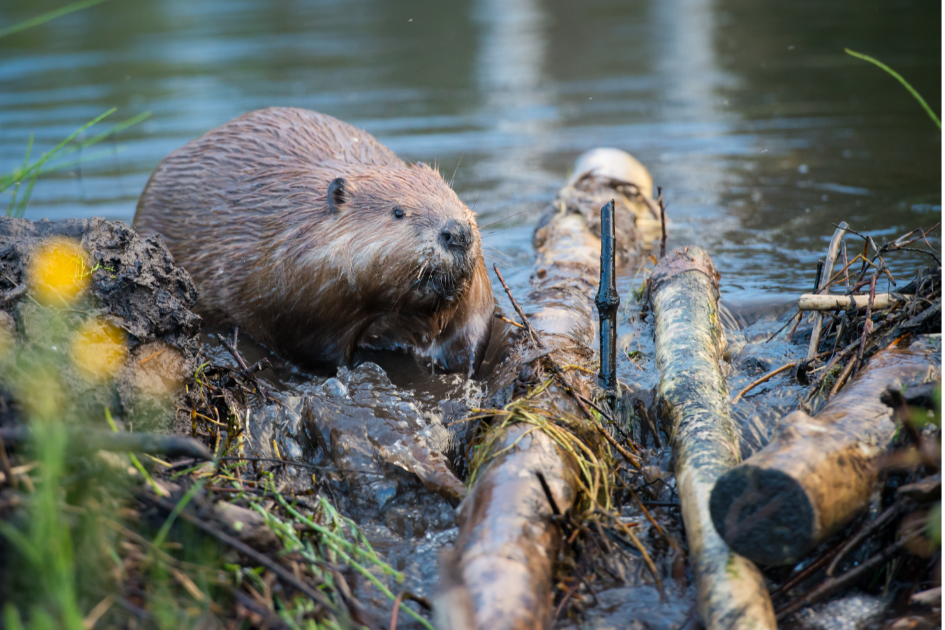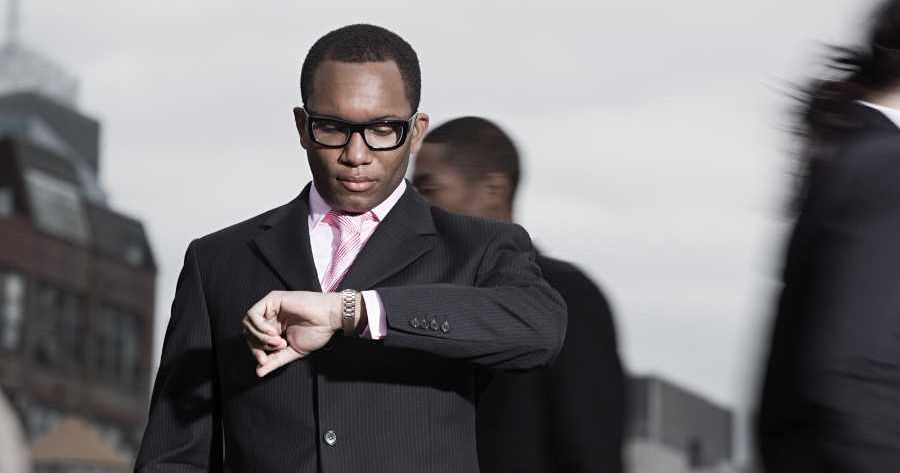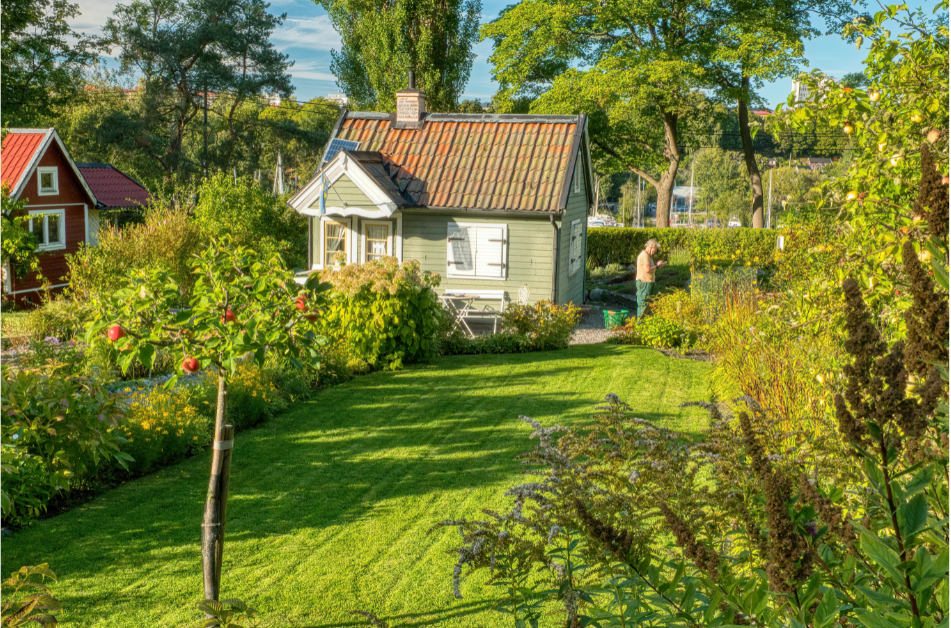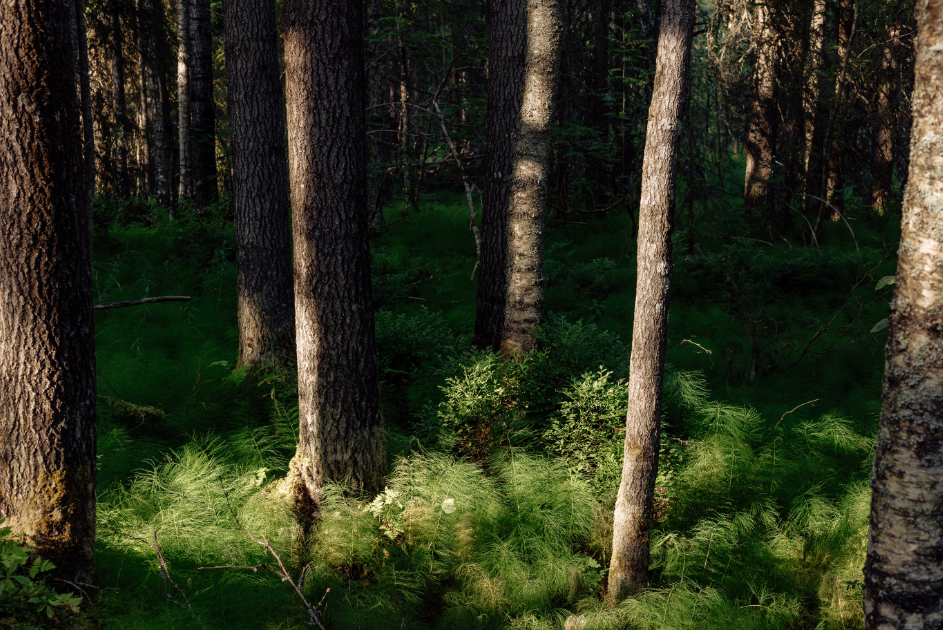If you're old enough to remember the 1980s, allow me to blow your mind with a fun fact: 1980 and 2025 are as far apart as 1940 and 1985. Those lessons about WWII and the presidency of FDR you learned in school? That's like kids today learning about Ronald Reagan.
Is your first reaction "Nuh-uh, no way"? Are you pulling out the calculator to do the math yourself, several times, because you're sure you must've missed a number somewhere? You remember how long ago the 1940s seemed in the '80s, and there's no possible way that much time has passed between the '80s and now. It feels like you entered a time warp somewhere and can't figure out how to get out of it.
Why does time work this way? Why does it seem to get faster and faster, and to condense, making decades seem shorter and shorter as we age? And perhaps more importantly, how the heck do we stop time from feeling like a runaway freight train?
 Is there a way to slow down time?Photo credit: Canva
Is there a way to slow down time?Photo credit: Canva
Here are a few theories about what creates the freight train phenomenon and how to slow it down.
Time perception is relative—and kids perceive it differently
"Time flies when you're having fun" is a saying for a reason. Time also drags when you're doing drudgery work and feels like it stands still in moments of significance. And yet the ticking of seconds as they go by doesn't change tempo. We measure it with steady, unchanging beats, but how it feels changes constantly.
This relativity exists in every passing moment, but it also exists in the bigger picture. The years felt like they passed much more slowly when we were children, and by middle age, they seem to pass in the blink of an eye. The pandemic gave us an even greater sense of this relativity as disruptions to our normal routines and the stress associated with the COVID-19 years messed with our sense of time. (On an odd side note, surveys show that our time perception during the pandemic varied a lot from place to place—people in some parts of the world felt that time moved more slowly, while others felt time moved more quickly.)
According to a 2023 Hungarian study published in Nature Scientific Reports, very young children perceive time differently from older children and adults. Researchers split 138 people into three age groups—pre-kindergarten, school-age, and adults 18 and over—and showed them two videos of the same duration, one that was "eventful" and one that was "uneventful." Interestingly, the pre-K group perceived the eventful video as longer, while the older children and adults perceived the uneventful video as longer.
 Adults and kids process time differently. Photo credit: Canva
Adults and kids process time differently. Photo credit: Canva
The way the study participants described the length of the videos in gestures was also telling. Young children were much more likely than the other two age groups to use vertical hand gestures, which connoted volume or magnitude, to indicate a length of time. School-aged kids and adults tended to use horizontal gestures, indicating time as linear, increasing with age.
Our neural processing slows down as we age
Professor Adrian Bejan has a theory based on how neurons process signals. As we age, our neural networks increase in size and complexity, and as a result, we process visual information more slowly. That slower processing means we create fewer mental images each second than we did when we were younger, thereby making time seem to slow down.
“People are often amazed at how much they remember from days that seemed to last forever in their youth, Bejan shared with Harvard University. "It’s not that their experiences were much deeper or more meaningful; it’s just that they were being processed in rapid fire.”
In other words, processing the same number of mental images we did in our youth takes longer now, somewhat counterintuitively making time seem to pass more quickly. So goes the theory, anyway.
- YouTube youtu.be
It might simply be about time-to-life ratios
Another popular theory about why time feels different as a child than as an adult is the ratio of any given day, week, or year to the total time we've been alive. To a 5-year-old, a year is 20% of their entire life. For a 50-year-old, a year is only 0.2% of their life, so it feels like it went by much more quickly.
It's also a matter of how much change has happened in that year. A year in the life of a 5-year-old is full of rapid growth, change, learning, and development. A year in the life of a 50-year-old probably isn't a whole lot different than when they were 48 or 49. Even if there are major life changes, the middle-aged brain isn't evolving at nearly the same rate as a child. A 50-year-old looking back at the past year will have a lot fewer changes to process than a 5-year-old; therefore, the year will seem to have gone by much faster.
“Our perception of days, weeks, years, and that kind of time seems to be especially influenced by our perspective: Are we in the moment experiencing it, or are we looking backward on time?” psychology professor Cindy Lustig told the University of Michigan.
 Taking time to take in our surroundings can help slow our perception of time.Photo credit: Canva
Taking time to take in our surroundings can help slow our perception of time.Photo credit: Canva
The key to slowing it all down? Be mindful of the present moment.
Lustig has a point. When we are in the moment, our perception of time is much different than when we look back. So, being fully conscious in the present moment can help us rein in the freight train effect.
One way to do that is to be mindful of your physical existence in this moment. Feel your heart beating. Feel your breath going in and out. Cornell University psychology professor Adam Anderson, Ph.D., conducted a study that found our perception of time may be linked with the length of our heartbeats. (Study participants were fitted with electrocardiograms and asked to listen to a brief audio tone. They perceived the tone as longer after a longer heartbeat and shorter after a shorter one.) He suggests starting a stopwatch, closing your eyes and focusing on your breathing for what you think feels like a minute. Then, check your time to see how accurate your estimation was.
“This can give you a sense of how much your experience of your body is related to your experience of time,” Anderson told WebMD. “It will help teach you to enjoy the pure experience of time.”
You can also use focused breathing to purposely slow down your heart rate, and thus slow down your time perception. “We show that slow heart rates—that is, a longer duration between heartbeats—dilates time, slowing it down," Anderson said.
 Taking in the world with a sense of wonder and joy can help shift our perception of time. Photo credit: Canva
Taking in the world with a sense of wonder and joy can help shift our perception of time. Photo credit: Canva
We can also alter our perception of time by taking in novel experiences, such as traveling to new places. According to Steve Taylor, author of Making Time: Why Time Seems To Pass at Different Speeds and How to Control It, people who go on adventurous trips report that their vacations feel longer than those who choose a predictable destination. You can also make small changes to your daily routine, such as trying new foods or taking a new route home from work to take in some new stimuli and slow your perception of time.
Finally, try to take in the world the way you did when you were a small child. Take note of life's wonders. Engage fully in whatever you're doing. Notice details and take mental pictures as much as you can. Time goes by quickly when we're distracted, so training our attention on the here and now can help. Ultimately, we can strive to perceive time more like we did when we were little, in its full depth and magnitude instead of a narrow, straight line.
Does that make the math of the 1940s to the '80s to the 2020s any easier to swallow? Not really. But at least we know why it feels the way it does.
This article originally appeared last year.




 Beaver on riverbank.
Beaver on riverbank.  Pbs Nature Swimming GIF by Nature on PBS
Pbs Nature Swimming GIF by Nature on PBS  An actual beaver dam on the now-thriving Price River
An actual beaver dam on the now-thriving Price River 

 a piece of paper with a heart drawn on it Photo by
a piece of paper with a heart drawn on it Photo by 
 Is there a way to slow down time?
Is there a way to slow down time? Adults and kids process time differently.
Adults and kids process time differently.  Taking time to take in our surroundings can help slow our perception of time.
Taking time to take in our surroundings can help slow our perception of time. Taking in the world with a sense of wonder and joy can help shift our perception of time.
Taking in the world with a sense of wonder and joy can help shift our perception of time. 
 A cozy summer cottage.
A cozy summer cottage. A wooded area.
A wooded area.